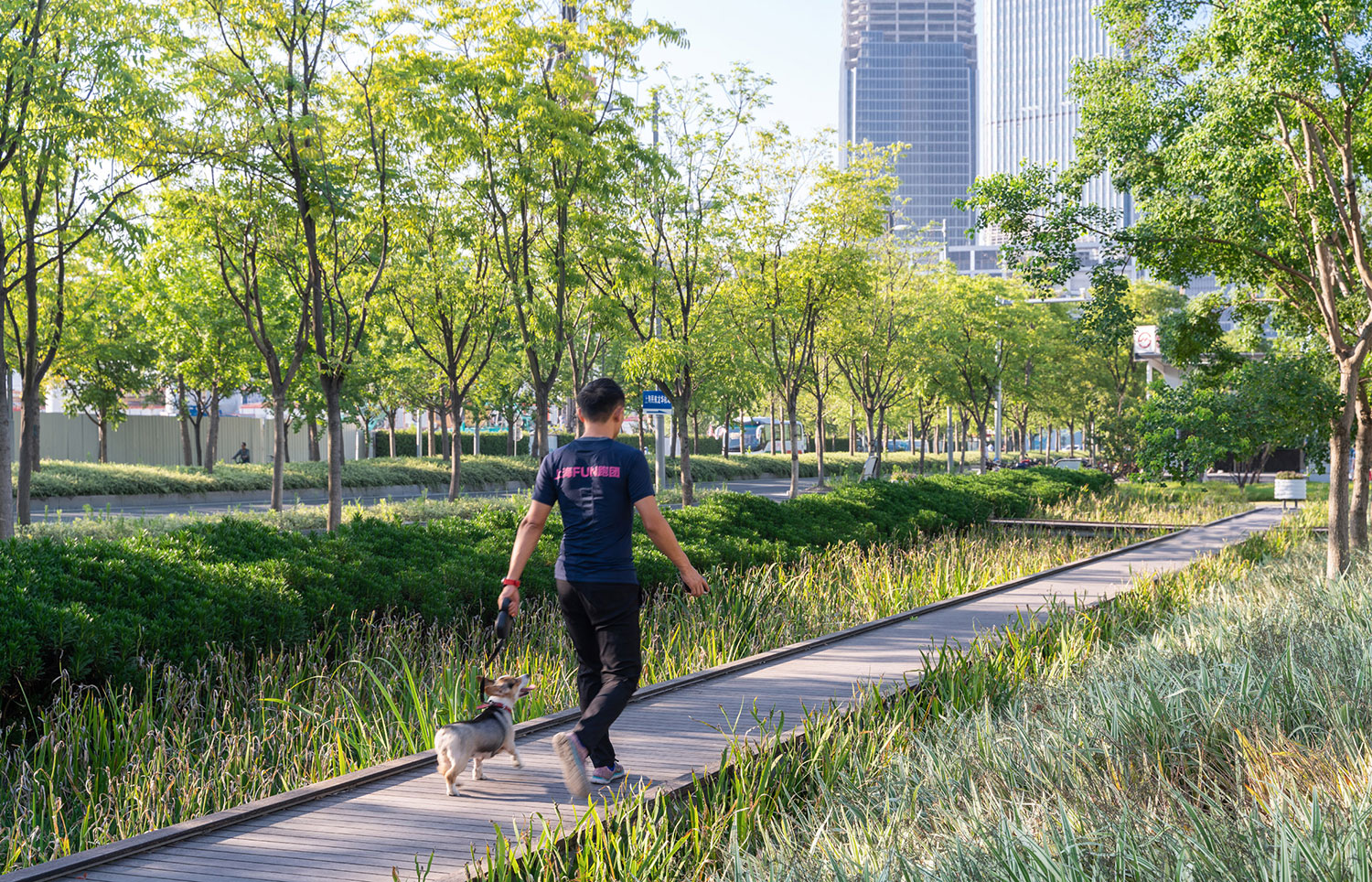Architects must balance the many needs of a local community when planning a public park design. There is much to consider when creating green spaces for individuals from multiple generations, diverse socioeconomic groups, races and ethnicities.
Prioritizing inclusivity in design is a wise first step to encourage all to feel welcome in a public park. Listening to the community’s voice is also crucial in guiding and directing park design further. Consider these trends in modern park architecture to drive the creation of community green space.
Make It Multipurpose
The public park must appeal to a multigenerational community, so designing with multiuse space in mind is wise. Flexibility is critical as planners determine the park layout.
Keep in mind that most communities want space that will host a jam-packed schedule of regular programming for various sports leagues. One trend to note in active-use sports parks is the switch to artificial turf. Due to wear and tear issues in normal grass fields, this is a much more affordable option.
Provide plenty of green space and shade to accommodate each generation’s needs for the park so older and younger generations have places to rest and play out of the sun. Having a shared green space brings the community together, allowing people to interact rather than stay apart.

Increase Accessibility
Architects must always consider accessibility when designing community parks so everyone can participate. However, it’s essential to take it a step further – often, those who are neurodiverse can feel overwhelmed in expansive green spaces or play environments.
Consider dividing the playground portion of the park into individualized sections with specific functions. Neurodiverse children will appreciate knowing there is a defined area to eat their lunch, a place for quiet play, and a space to swing or run with friends. Try adding smaller sections throughout the rest of the park to accommodate neurodiverse adults.
Work With the Landscape
Successful public parks work with their surroundings to create the perfect design. Incorporate appropriate materials and style to weave the park into the landscape and community. Rather than level hills, utilize them in the design. Perch a theater at the top so fans can naturally see visiting performers.
Consider including ponds or streams to make the layout unique. The community will love a park that wholeheartedly embraces nature and utilizes it creatively.
Incorporate Nature Trails
Another trend to watch is a switch from active to passive use parks. People like the idea of nature being the focus of their green space. Some community parks even have sections dedicated to woodland or prairie zones that focus on repairing damaged territory.
Incorporate nature trails into the park to provide this natural feel. They will appeal to a broad audience – hikers, runners and even families. Children will enjoy engaging in unstructured play on the nature trails, exploring the variety of flora. These pathways will also heighten the area’s beauty and increase people’s pride in their community.
Embrace Sustainability
People want sustainable options – in food choices, clothing and also their parks. Many urban parks are making a move to include rain gardens. These gardens effectively catch rainwater and naturally remove chemical runoff and sediments.
Consider taking the idea of water reuse and sustainability a step further by incorporating a system of irrigation that utilizes reclaimed water at the community park. Construct irrigation tracts that lead to plants. If the park has a section of community gardens, using irrigation would also be a wise decision.

Design for Dogs
When designing a park, don’t forget our four-legged friends. In 2019, 67% of Americans reported owning a pet. Many dog owners come explicitly to parks to walk their dogs, only to be disappointed when they realize pets aren’t allowed. It’s wise to design a park section as dog-friendly and safe for pets to run and socialize.
Give owners a chance to let their dogs off the leash, explore their surroundings and enjoy the greenery, too. Provide water stations, dog waste bags and disposal services for owners. Additionally, surround the dog park with trees to keep things lush and shaded. Owners and their dogs will appreciate the beauty year-round.
Trends in Public Park Design
When planning architectural design, appealing to a diverse range of visitors doesn’t make for an easy task. However, understanding the current trends in public park design help unpack this complex job – meeting people’s needs and assisting with the creation of community green spaces.
Author
Evelyn Long is the editor-in-chief of Renovated. Her work focuses on interior and architectural design and has been published by Build Magazine, the National Association of REALTORS and other online publications.






